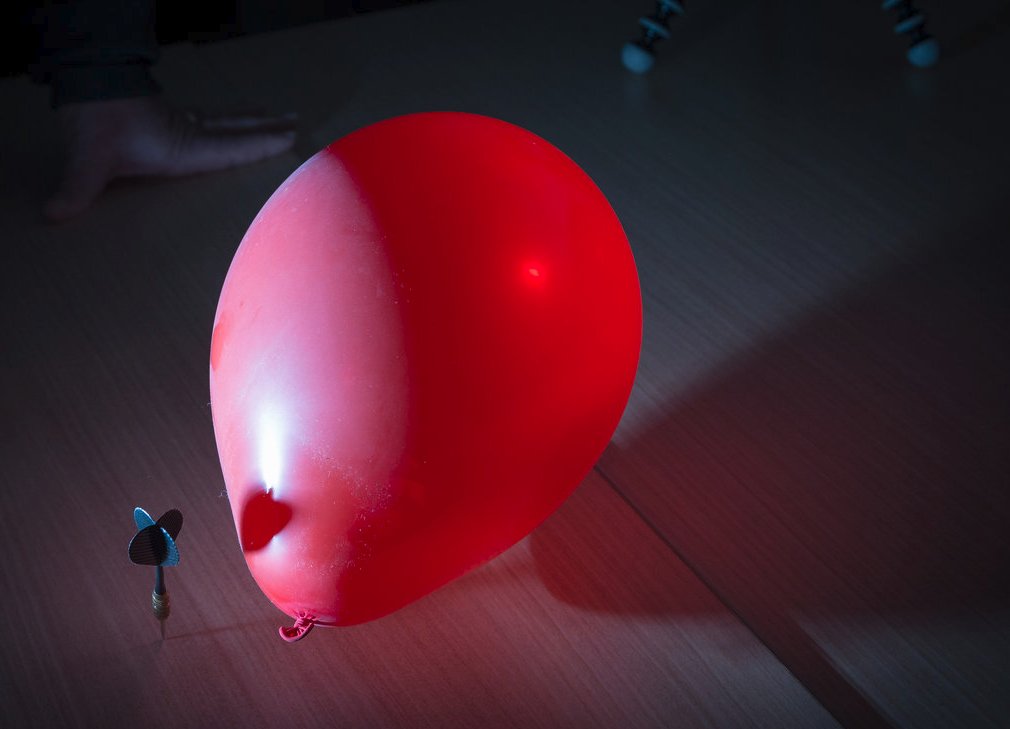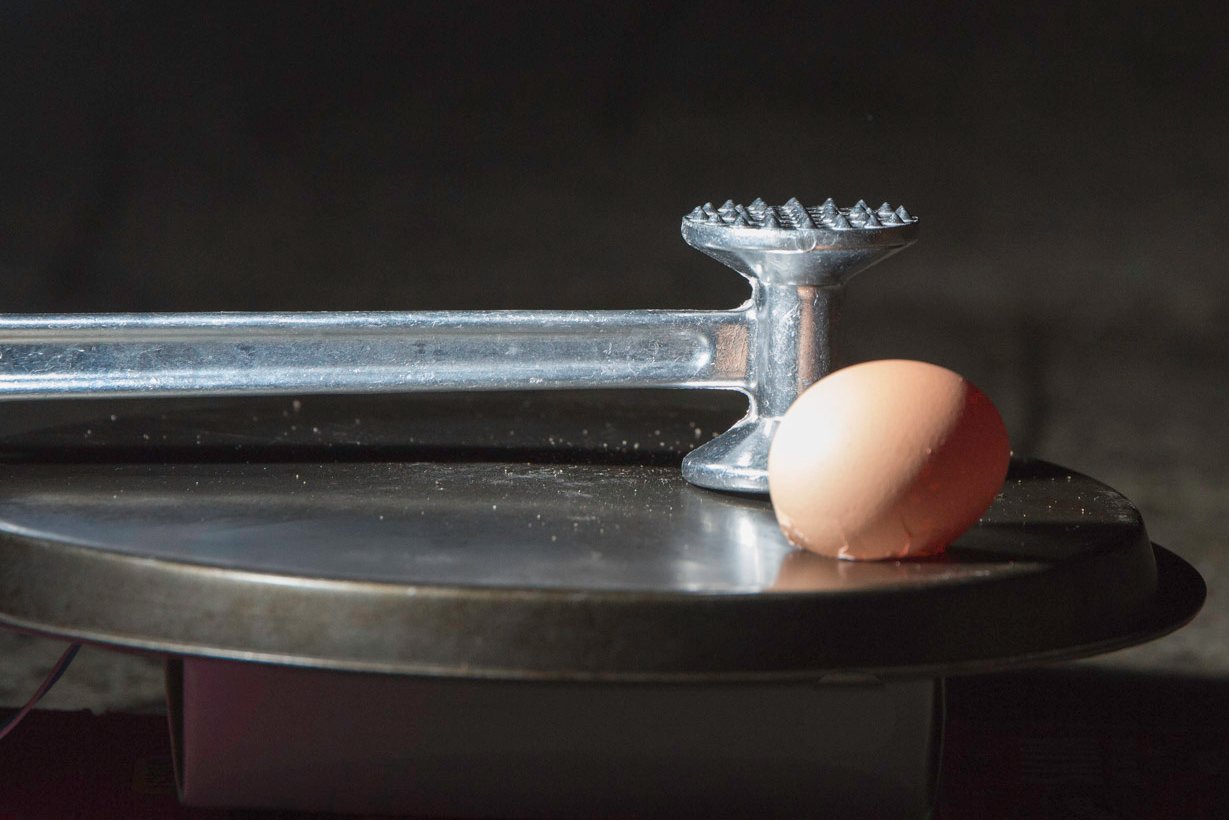Sometimes there are things that happen in the world around us that look beautiful, or just plain cool.
The controlled demolition of a building as the internal foundations collapse downwards. The time lapse of a flower bud growing, pushing up through the stem, going on to bloom into a flower then wilting away into just a shadow of its former self. An egg, as it’s being smashed to pieces, capturing the mess just before it lands all over its surrounds.

Its great to be able to see interesting things in real time, we get to appreciate the action literally as it happens. But what about when that’s not possible?
There are many things that can happen either too fast or too slow for us to see and if we don’t slow down or speed up time, we’d completely miss them happening.
Slowing down time
When we want to slow down or freeze time, we can use high speed video or high speed photography. High speed video captures more motion in the same amount of time, this is done by increasing the frame rate.
High speed video can look really amazing, and ultra high speed video can look even more amazing. Being able to capture the fractures propagating through glass as a brick is thrown can look incredible, but also requires some very expensive cameras that are capable of capturing at incredibly high speeds.
What is high speed compared to ultra high speed is subjective of course, but one thing is for sure, is that while high speed video can be very expensive, high speed photography is quite affordable. You probably already own most of the equipment needed for high speed photography already, and there are a few dollars worth of electronics needed to achieve the final result.
High speed photography, also highly affordable
High speed photos can be taken by any camera that you’re able to keep still during the shot. This can be with the use of tripod and a remote shutter or a timer. Last month at the club we built a basic high speed photography rig based on a microphone, a high speed electronic trigger and an external flash unit. We were throwing darts at inflated balloons and capturing them bursting.
The basic process for these high speed photos was as follows.

- Inflate the balloon.
- Turn off the lights.
- Open the camera shutter.
- Throw the dart at the balloon.
- The sound form the bursting balloon would be detected by the circuit which would fire the external flash.
- The flash provided the light for our camera.
- Close the shutters.
- Turn on the lights.
Things need to become more convenient
While its good to be able to set up and take high speed photos, it can be quite complex, and even cumbersome to take these photos in what amounts to a darkroom set-up. If it was possible to take some high speed photos without needing to do it in the dark, it would be easier to capture more types of events.
The flash speed we were using was equivalent to 1/20000, but the maximum shutter speed of most DSLR cameras is 1/8000. This means that is you attempt to take high speed photos without a flash, you can still get some fairly decent speeds.
Overcoming lag

Shutter lag is the time in milliseconds between when you actually press the capture button and when the exposure is captured.
What happens if you try to take a photo and your camera shutter lag causes you to miss the photo? You need to pick your shots with a little bit of care. While you might not be able to capture the super high speeds of a bursting balloon, a smashing egg will probably work well for instance.
Sometimes you don’t want the shutter to fire instantly, well not instantly in the academic sense, but too soon after the event. Our tests have shown that about 50ms of programmed delay gives a good egg splatter photo, however we were not able to put Humpty back together afterwards.
If you need to shorten the delay of the photo being shot to less than the camera shutter lag, there are some things you can do to anticipate the event. How?
If you started a timer at exactly the same time as you allowed a destructive object to start falling, then you could anticipate when it would strike, based on some basic gravity calculations. This would allow you to gain much more flexibility in terms of taking a high speed capture without using the relatively much quicker flash.
There are of course many different types of high speed events that can be captured, and we’re keen to try many more of these.
If you’d like to see how to build a basic high speed photography trigger and then how to upgrade it to work without a flash, you can, just get in contact with us.
